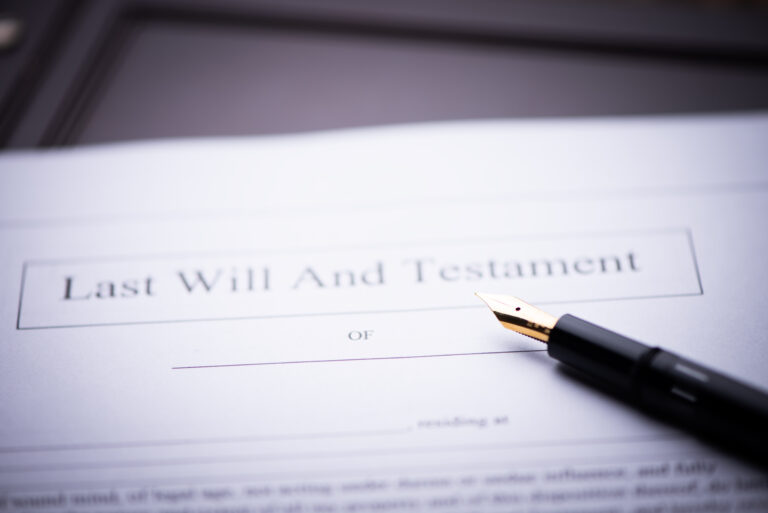If there’s one thing the COVID-19 pandemic has shown us, it’s that the unexpected can happen at any time. While there are many things in life you can’t control, you can make sure you have enough funds put aside to help you get by.
An emergency can happen at any time, for any number of reasons. If it does, your emergency fund will provide a safety net to cover your living expenses while you look to get back on your feet. It’s ideal not to turn to a credit card to get you through an emergency, given credit doesn’t replace your income. All this will do is create a debt that you’ll need to start repaying almost straight away, whether or not your income is back to normal.
Anyone can start an emergency savings fund, even if you’re not a regular saver. Here’s some ways to build up your emergency savings:
1. Set a goal
You’ll need to keep enough cash in your emergency fund to cover your living expenses for at least three to six months. For example, if your living expenses come to $3000 a month, you’ll should aim to keep at least $12,000 in your emergency fund. If you’re not sure how much you actually need each month, go through your most recent bills and invoices and put everything into a budget.
2. Plan how you’ll get there
Next, think about a realistic timeline for achieving your goal. How long it will take depends on how much extra cash you’re able to put aside each week or month. For example, say you want to build your emergency fund within one year – if you needed $12,000 in your fund, that means you’d need to contribute $1,000 a month, or roughly $230 a week. Does the figure seem realistic? If not, you can spread the contributions out over a longer time or find ways to increase your savings.
3. Finding extra pennies
If money is tight, you’ll should go over your budget with a fine-tooth comb. Find every possible place where you could tighten up your spending and divert the cash to your emergency fund. Think about cancelling subscriptions you don’t use, or try negotiating a better deal on your services. Cut back on eating out for a while, or don’t buy any new clothes for a few months. Be ruthless to slash your unnecessary spending, so you can put the money towards your emergency fund.
4. Save a percentage of your income
Another option is to divert a set percentage of your income into your emergency savings, once your non-discretionary expenses have come out. Whatever you have leftover is your spending money for the month. For example, if you have $150 a week left over after expenses, you could contribute 30 per cent ($50) to your emergency savings fund.
5. Reaching your goal
Once you reach your savings goal, and you’re comfortable you can keep yourself afloat for three to six months, you can hit pause on your contributions. At this stage, you might want to divert the money you’ve been putting into your emergency savings into another type of savings, or even start an investment portfolio.
Where to stash your emergency savings
You want to keep your emergency fund in a separate online savings account that isn’t accessible via a bank card or credit card.
Out of sight is out of mind, so keeping it at a different bank to your regular transaction account is even better. Don’t be tempted to invest your emergency savings. Investments by their nature increase and decrease in value over time. The last thing you want is to find yourself in a situation where you’re forced to sell down your investment at a loss, just so you can get access to your emergency funds. Similarly, cash is king when it comes to emergency savings. If you need quick access to the money, it’s easiest to withdraw cash from your bank account.
How to rebuild after an emergency
If a situation arises where you need to access your emergency savings, go for it, that’s what they’re there for. Once the emergency has passed, and you have an income to rely upon, you can simply top up the fund again and continue along your way.


